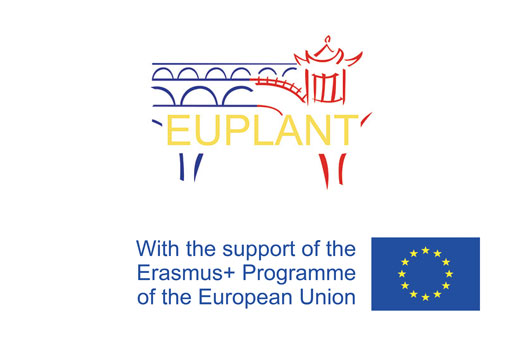Uncertainties of investment court system and China's corresponding strategies
The EU has in recent years carried out reforms on the Investor-State Dispute Settlement (ISDS), which includes, inter alia, the establishment of the Investment Court System (ICS). This new system was initially proposed in the European draft in TTIP Negotiation (The Transatlantic Trade and Investment Partnership, TTIP).

Professor Qin Xiaojing
Beijing Normal University
The EU has in recent years carried out reforms on the Investor-State Dispute Settlement (ISDS), which includes, inter alia, the establishment of the Investment Court System (ICS). This new system was initially proposed in the European draft prepared for the TTIP Negotiation (The Transatlantic Trade and Investment Partnership). It has also been included in several agreements concluded by the EU, such as the Comprehensive Economic and Trade Agreement (CETA), the EU-Singapore Investment Protection Agreement (EU-Singapore IPA), and the EU-Vietnam Investment Protection Agreement (EU-Vietnam IPA). It was also included in the Agreement in Principle reached by EU and Mexico on the planned update of their FTA. This system is a profound reform of the traditional investment arbitration approach, which essentially replaces the investment arbitration with the investment court system and establishes the appellate tribunal.
However, at EU level, the establishment of the system still faces many legal obstacles. Firstly, although the CJEU ruled in a recent opinion - 1/17- that the ICS mechanism is consistent with the EU legal order, the opinion is based solely on the textual analysis of the CETA provisions. Whether the EU court will draw the same conclusion in a different instance remains still unknown.
Secondly, the CJEU decided in Opinion 2/15 that the EU and Member States have mixed competencies in approving investment treaties with dispute resolution mechanisms. Therefore, free trade agreements between the EU and other countries will require both the approval of the European Parliament and that of the Member States. This will make the approval process of FTAs complex and lengthy and will ultimately lead to a prolonged period for the ICS to be fully and properly established. The CETA negotiations were completed in early 2014, but the current investment protection treaty still awaits the approval of the Member States, whether ultimately it will take effect remaining therefore still unclear.
Thirdly, whether an ICS ruling amounts to an arbitration award or to a court judgment remains a controversial topic. Even if the ICS ruling is to be regarded as an arbitral award – as the EU expects – and is enforceable under the ICSID Convention and the New York Convention, its enforcement in the territory of a Contracting State which is not a party to an EU-FTA may face obstacles as the said party would be under no obligation to enforce, which would likely result in uncertainty as to the recognition and enforcement of the ICS arbitral award. Furthermore, when the ruling of the investment court is enforced in the domestic court of a Contracting State of the New York Convention, the courts may regard the said ruling as a judgment rather than an arbitral award. Consequently, ICS awards would be unenforceable in the territory of a Contracting State of the New York Convention.
China is currently negotiating a bilateral investment agreement (BIT) with the EU. As the leader of the ICS mechanism, the EU may advocate the replacement of the traditional ISDS system with the ICS in the BIT negotiation process. However, China should recognize that the ICS mechanism faces a series of legal issues. Before these issues are solved, China should not include ICS mechanisms in BIT and FTA negotiations for the aforementioned reasons. If the system needs to be introduced in the BIT and FTA negotiations based on other factors, it is also necessary to take corresponding countermeasures.
As to the BIT negotiation, EU member states should be required to be signatory parties and therefore bear joint and several liability together with the EU in the BIT negotiation. Since the EU Member States did not participate in the negotiation and signing of the BIT, the Member States did not express their intention to agree to arbitration. Consequently, China cannot sue the Member States based on the BIT reached with the EU. And, as the EU is not a party to the ICSID Convention and the New York Convention, arbitral awards will face many difficulties in its implementation. In order to avoid implementation obstacles, China should therefore require Member States to act as signatories, and assume joint and several liability with the EU in the BIT in order to ensure that both the EU and the Member States can act as respondents in a given dispute and to ensure the recognition of the arbitral award. Equally, China should also pay attention to the fairness of the financial burden distribution with the EU in the process of establishing the mechanism by avoiding disproportionate financial distributions.
FTA negotiation include not only matters that fall within the exclusive competence of the EU, such as trade in goods and direct investment, but also matters on which the EU does not have exclusive competence such as intellectual property protection or indirect investment. Therefore, the Conclusion of the FTA agreement requires approval at both EU level and at the level of the Member States. For such agreements, China should ask the EU and its Member States, during the negotiations, to agree to have both joint and several liability. Further, a moderate balance of financial responsibility between China and the EU should be considered in order to ensure that the financial burden is fairly dealt with.